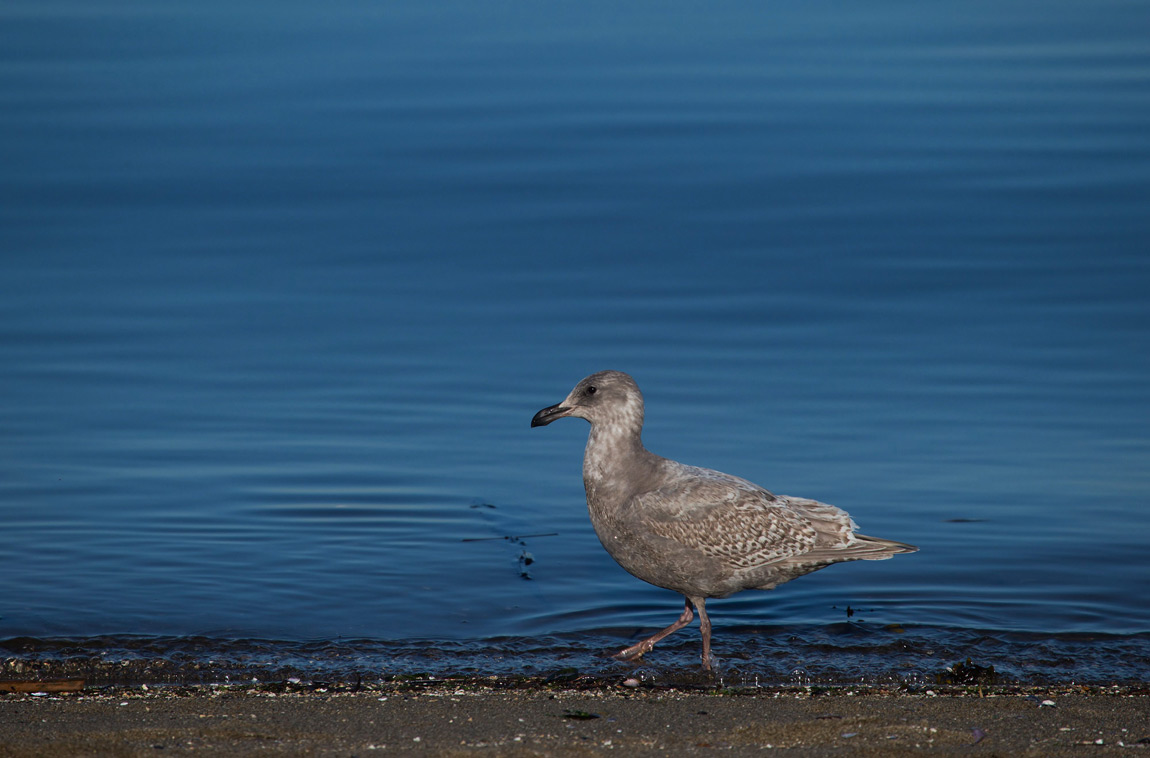Dangerous goods spills in B.C. waters are not uncommon. Although the recent spill in Vancouver’s English Bay is serious – it’s estimated that around 2,800 litres of oil were in the water – there were on average 2.6 spills every day in B.C.’s ocean last year.

According to statistics from Emergency Management B.C., there were 932 spills of dangerous goods into B.C. ocean waters in the 2014-15 fiscal year. This was the highest number in 15 years – the average over that time has been 845 per year.

According to B.C.’s Environmental Management Act, anyone who spills a polluting substance must immediately inform the authorities as soon as they’re aware of the spill. A polluting substance is defined loosely in that legislation as anything that could cause pollution if it spilled, though a regulation provides some examples: things like explosives, flammable materials, toxic, infectious, corrosive or radioactive substances, and various kinds of wastes. Anyone can report a spill by calling the province’s Emergency Coordination Centre.
In the case of the English Bay spill, the Coast Guard has identified the source as the MV Marathassa grain ship, though the vessel was denying responsibility on Thursday afternoon.
- Three B.C. men fined, banned from hunting after killing pregnant deer
- B.C. child-killer’s attempt to keep new identity secret draws widespread outrage
- Inquest hears B.C. hostage was lying on her captor before fatal shooting
- ‘We’ve had to make a 180’: What Oregonians say they got wrong with decriminalization
Across B.C., the number of such incidents has generally declined since the late 1990s, but rose again in the past two years. Global News contacted B.C.’s Ministry of Environment on Friday to ask why the number had risen recently, but they were unable to provide a response by deadline.
Although the number of incidents has increased province-wide, fewer incidents are being reported near Vancouver.

Since the 1990s, the number of incidents in Emergency Management B.C.’s “South West” region, which includes Vancouver and the Sunshine Coast, has declined from a high of 450 incidents in 1999-2000 to 264 last year.
So most of the recent growth in incidents has come from the Vancouver Island region (which includes the island as well as Powell River and the Strathcona region), where incidents jumped from 431 in 2013/2014 to 515 in 2014/2015, as well as North West B.C.
In the North West region, which includes Kitimat and the Queen Charlotte Islands, the number of reported spills increased in the past two years.



Comments